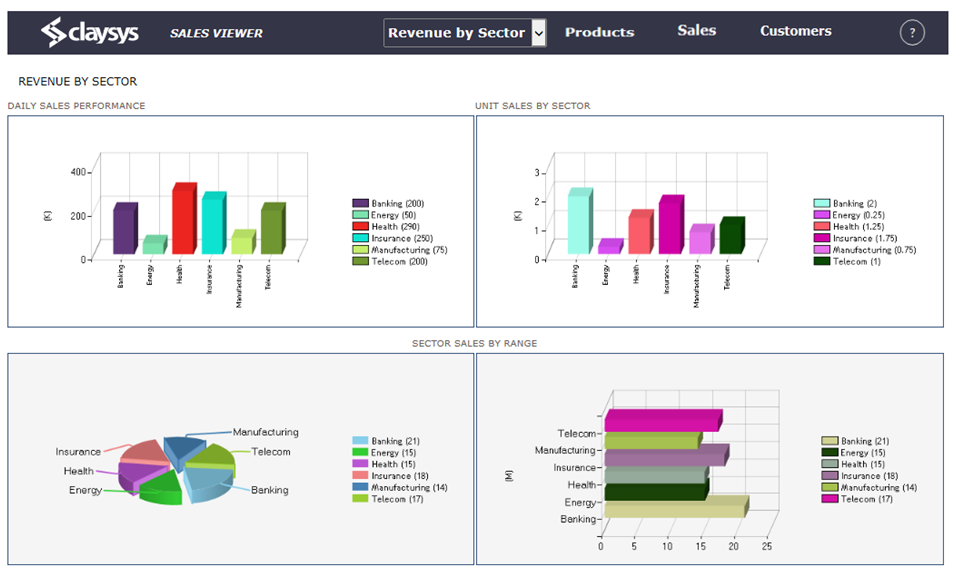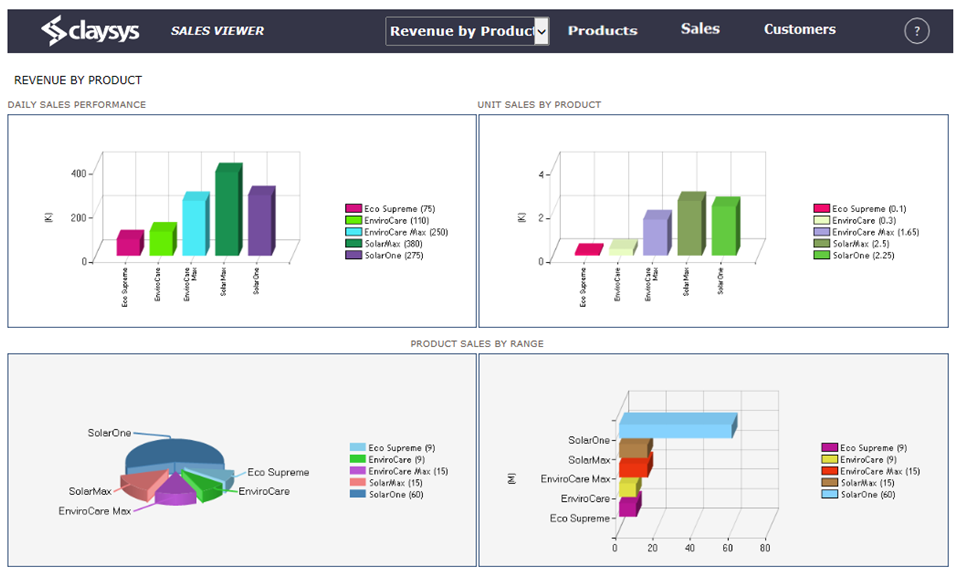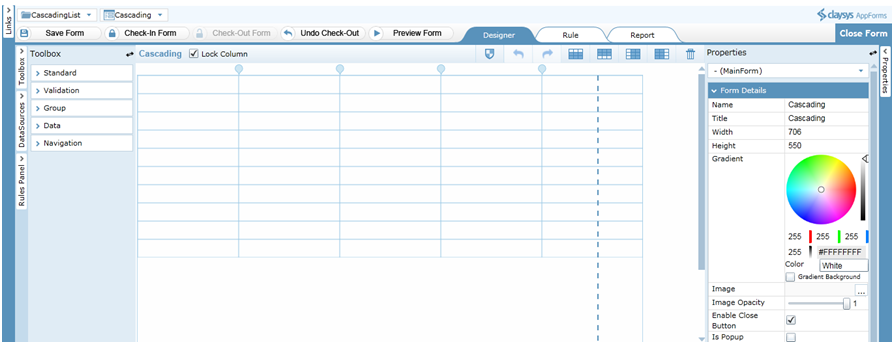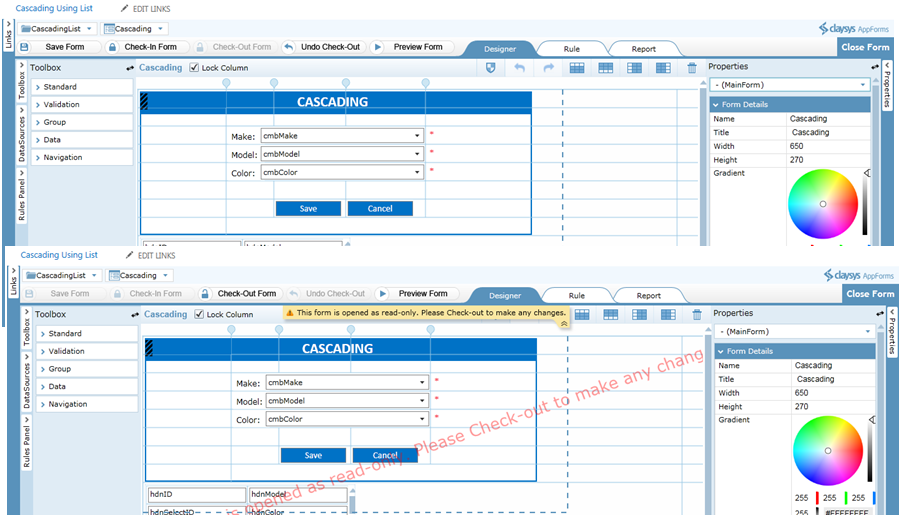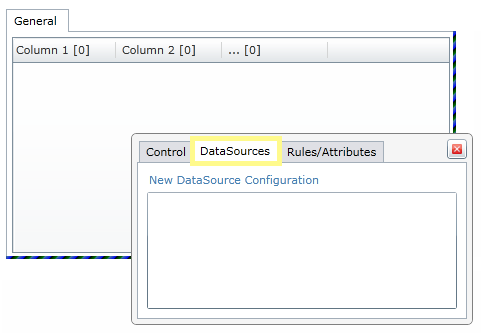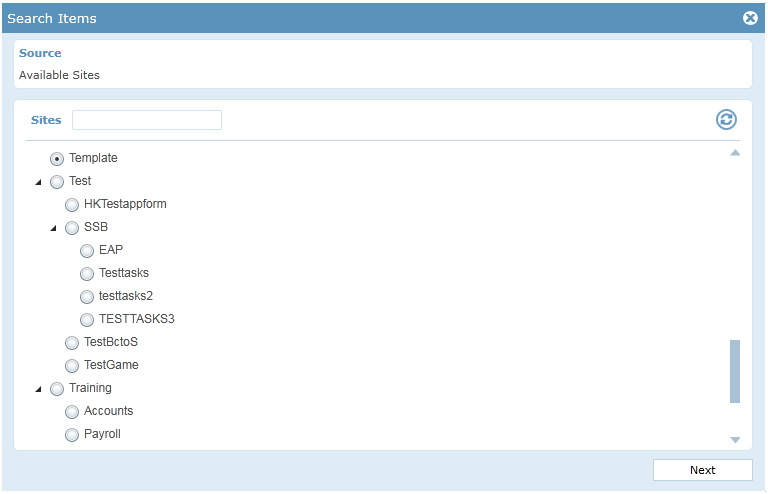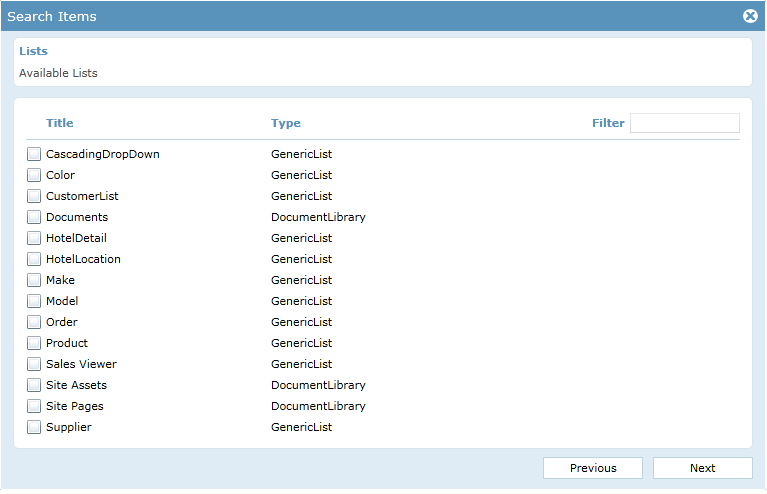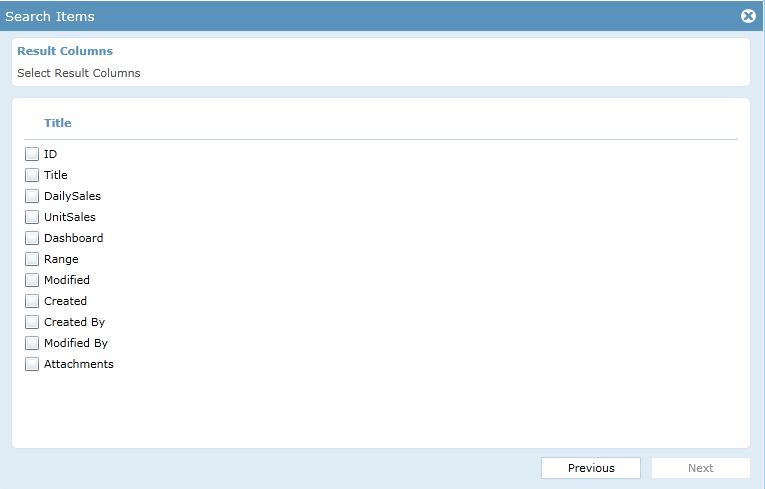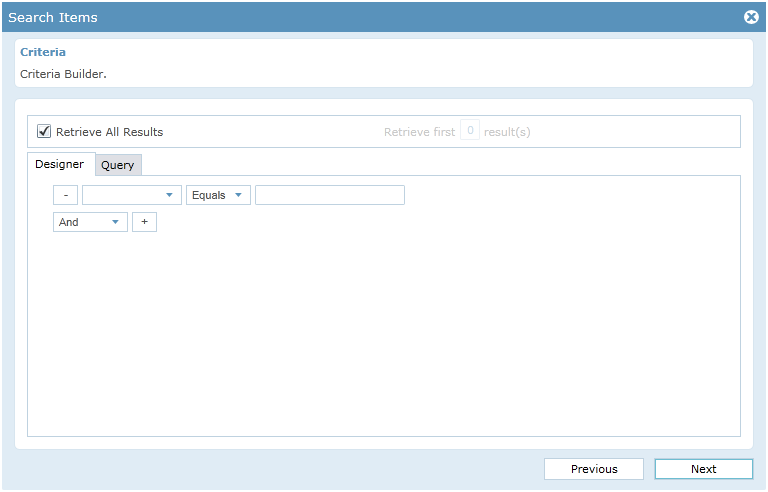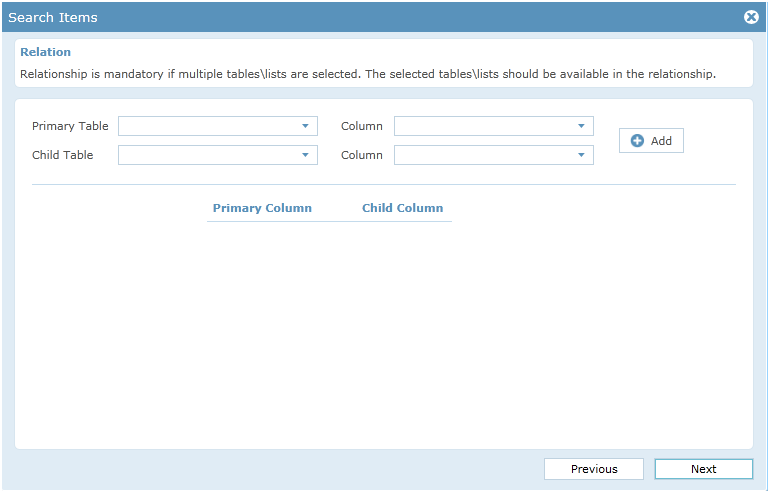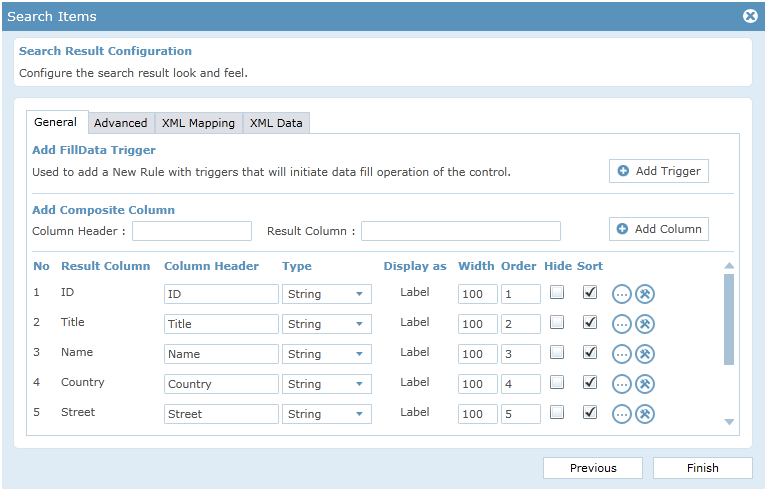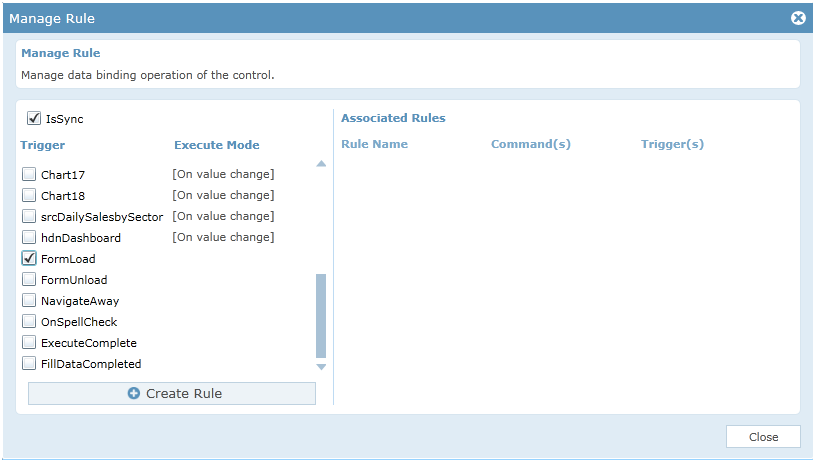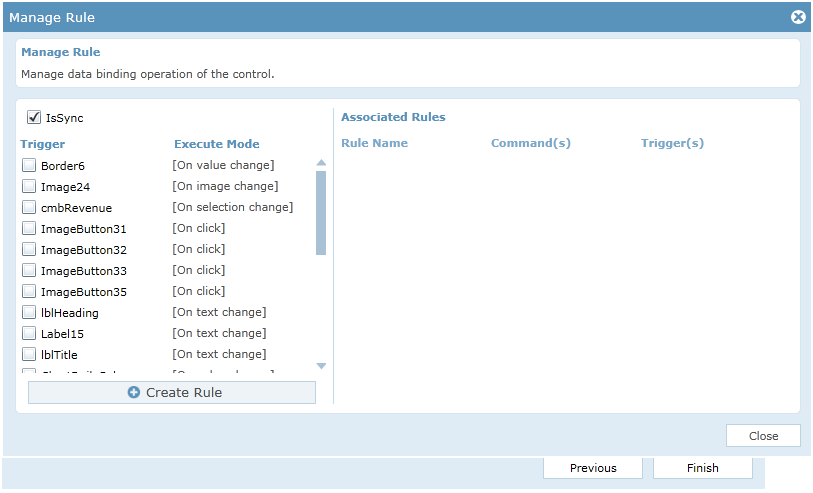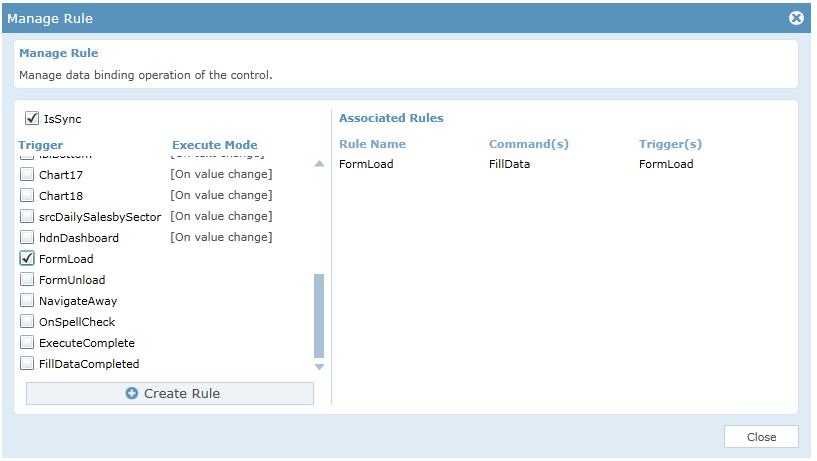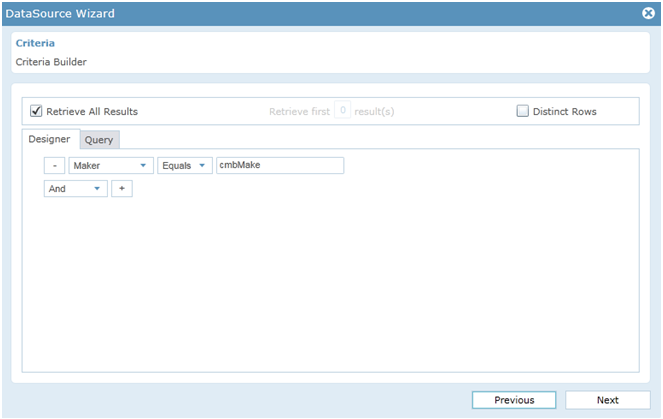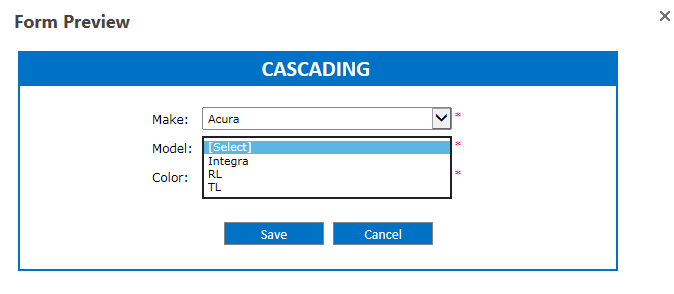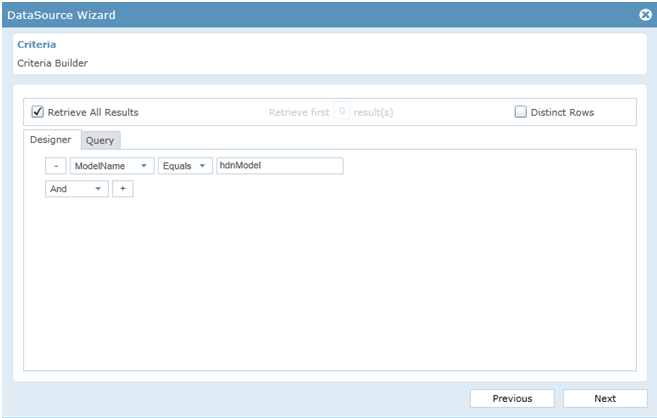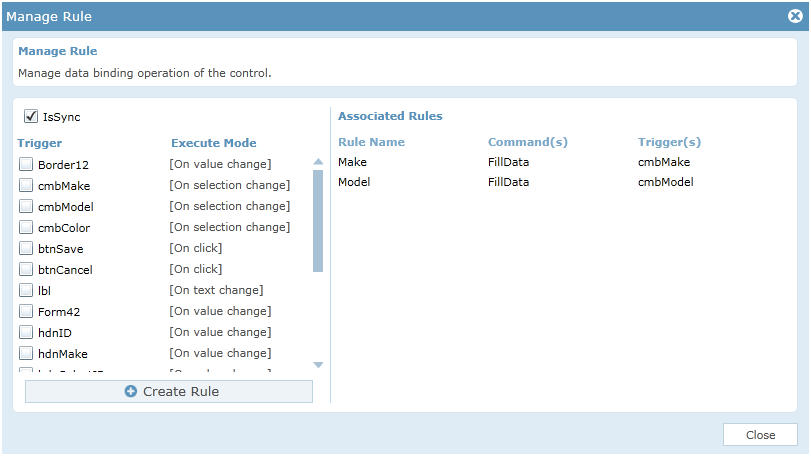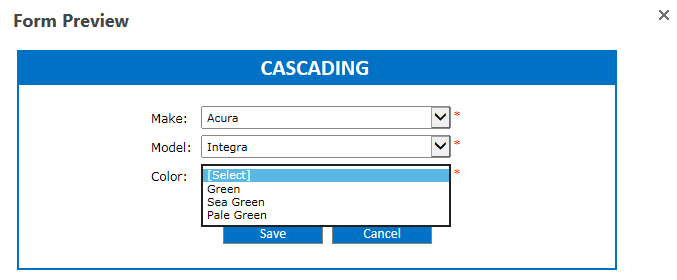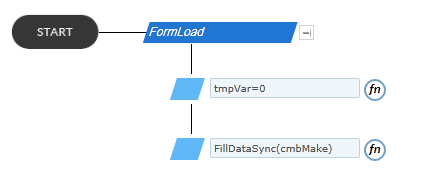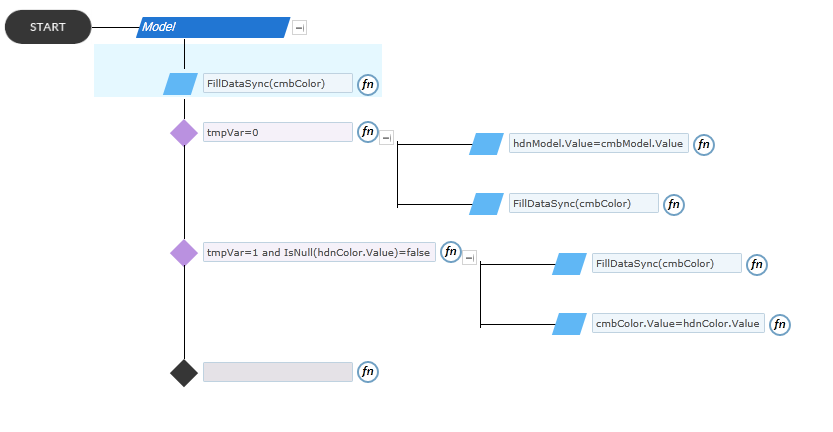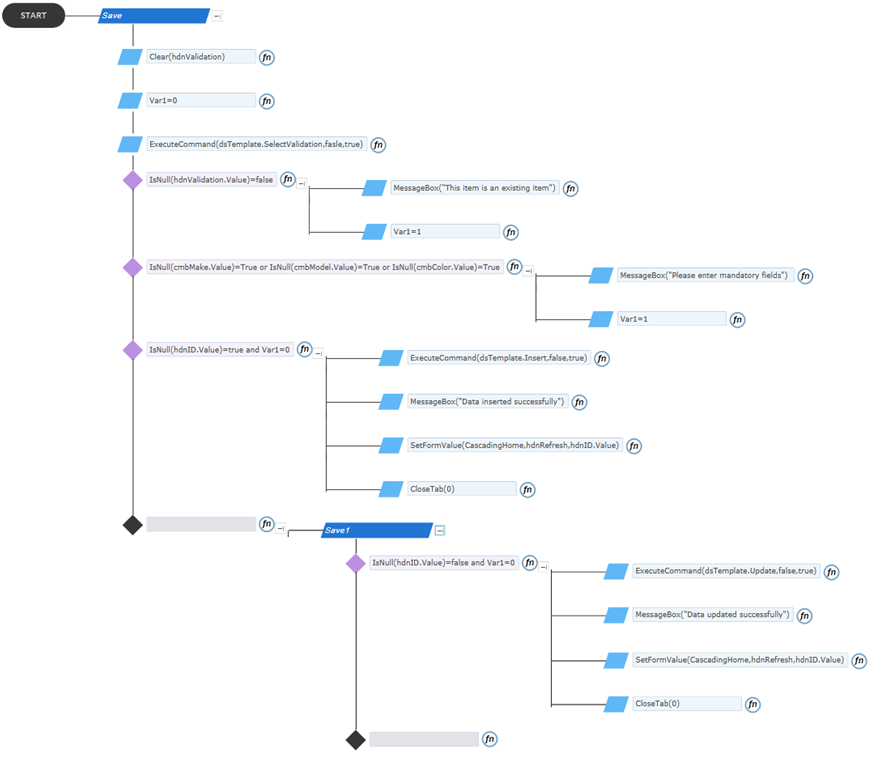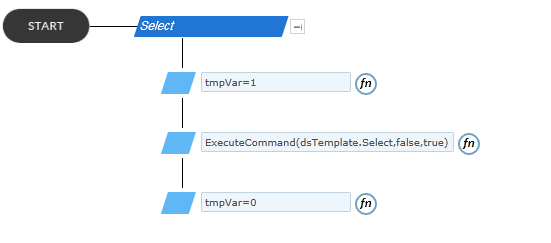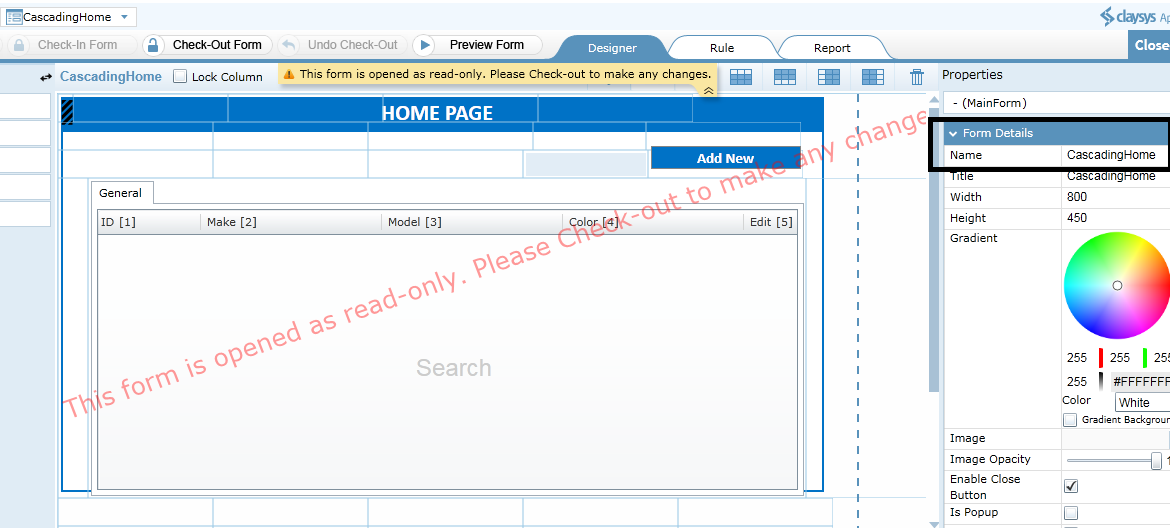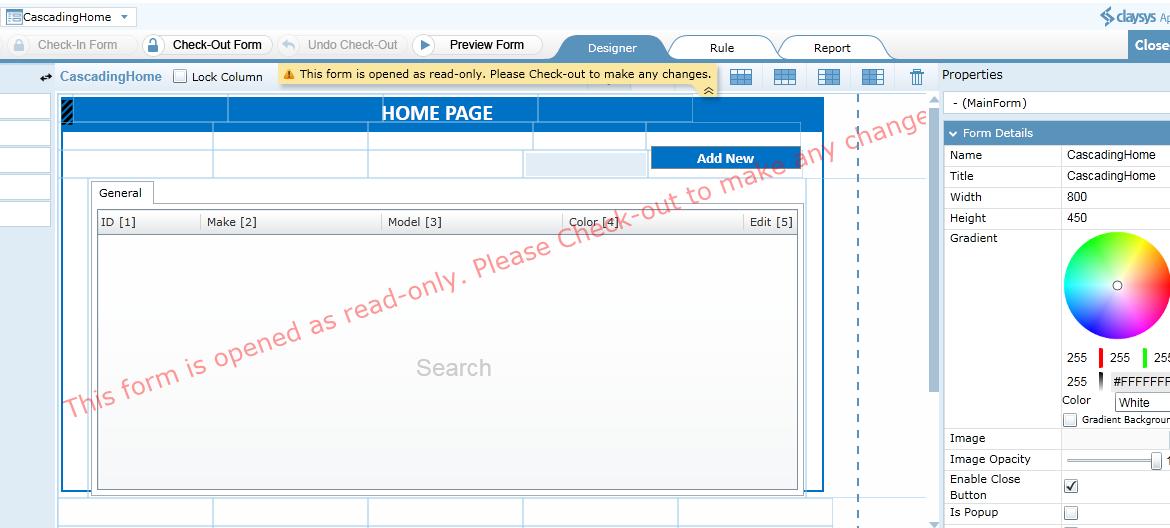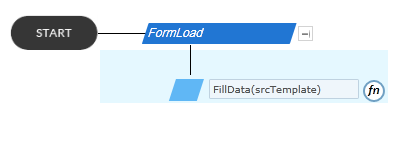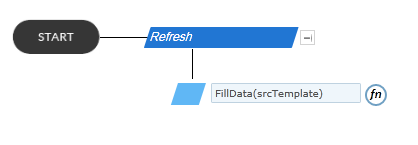Cascading DropDown enables a common scenario in which the contents of one combobox depends on the selection of another combobox. The Cascading Dropdown Menu allows you to drill down through hierarchical data by using one dropdown menu as a filter into the next. The purpose of this template is to be a reference for any person wishing to implement or any person interested in the architecture of the cascading dropdown for the ClaySys AppForms or how to configure the combo boxes in AppForms with cascading dropdown effect.
- SharePoint 2013
| SharePoint List | |||
|---|---|---|---|
| List Name | Column Name | Data Type | |
| Color
‘Color’ list is used to populate the color combo box. |
Color | Single line of text | |
| MakeID | Number | ||
| ModelName | Single line of text | ||
| SharePoint List | |||
|---|---|---|---|
| List Name | Column Name | Data Type | |
| Cascading DropDown
‘Cascading DropDown’ list is used to fill saved data in cascading home page. |
Make | Single line of text | |
| Color | Single line of text | ||
| Model | Single line of text | ||
| SharePoint List | |||
|---|---|---|---|
| List Name | Column Name | Data Type | |
| Model
‘Model’ list displays model of automobile with respect to make. |
Maker | Single line of text | |
| Name | Single line of text | ||
| SharePoint List | |||
|---|---|---|---|
| List Name | Column Name | Data Type | |
| Make
‘Make’ list displays the name of automobile manufactures. |
Name | Single line of text | |
| List Of Forms Used | ||
|---|---|---|
| Name | Functionality | |
| Cascading Form Design Rule Design | Cascading form is used to understand the cascading combination of dropdowns. | |
| CascadingHome Form Design Rule Design | CascadingHome contains all the datas saved in the list via cascading form. User can modify these details from CascadingHome. | |
Folders are used to store and organize forms that have a logical association or relationship. To create a new form, click ‘New Folder’ button on the toolbar of the designer. On clicking the New Folder option, it will create a new folder and the name will be in the edit mode. You can type a new name for the folder.
Click “Next” to continue. Follow the configuration steps of ‘Make’ combo box to add the trigger for ‘Model’ combobox. Add trigger as ‘Make’ and complete the configuration. When you select the value from the combobox ‘Make’, the ‘Model’ will populate the Names of corresponding Maker. Click “Preview”. You can see that Model names are populating in combo box.
If the value of ‘tmpVar’ is zero, then selected value of ‘cmbModel’ control is passed to the hidden control ‘hdnModel’ and fills the combobox ‘cmbColor’. If the value of ‘tmpVar’ is one and the ‘hdnColor’ contains value, then fills the ‘cmbColor’ and pass the value of ‘hdnColor’ to ‘cmbColor’.
Folders are used to store and organize forms that have a logical association or relationship. To create a new form click ‘New Folder’ button on the toolbar of the designer. On clicking the New Folder option, it will create a new folder and the name will be in the edit mode. You can type a new name for the folder.
